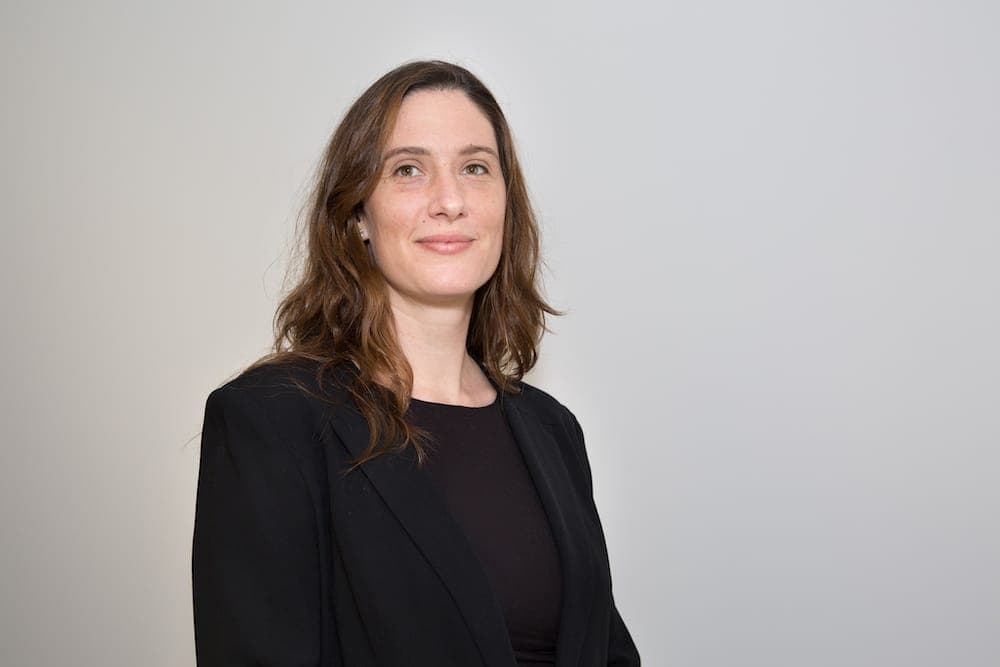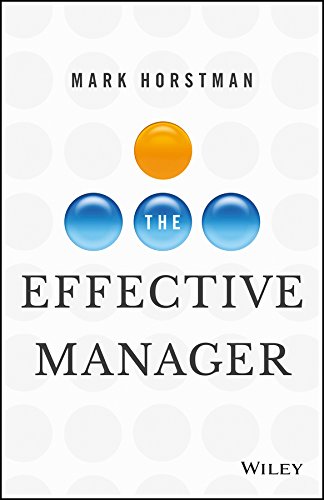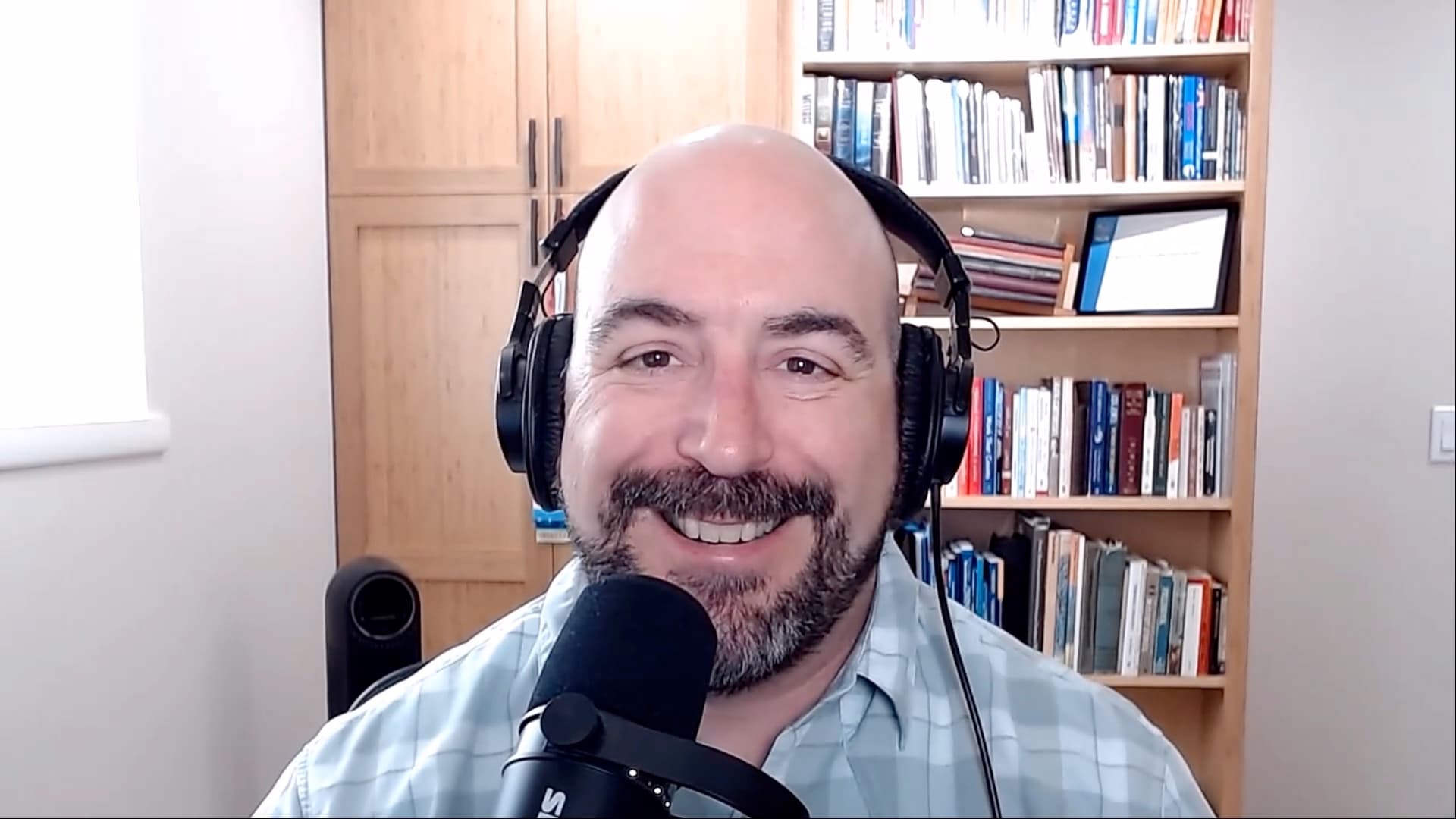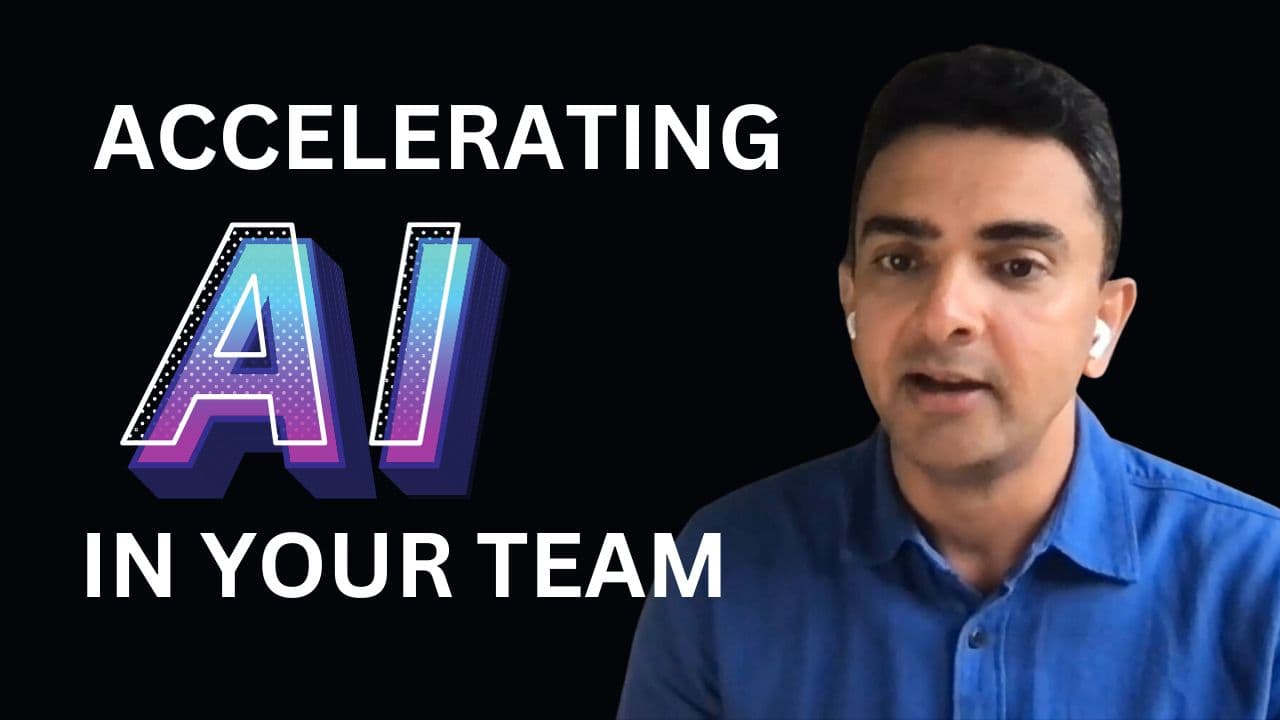Interview with Denali Lumma, Director, Software Development at Box
Published on Jan 17, 2019
12 min read


Role: Director, Software Development at Box
Location: San Francisco Bay Area
What is your background, and how did you get into management?
My first management job was at Okta. I started as one of the first engineering hires and developed an expertise in a particular domain. I eventually became a tech lead, and then I moved into management.
People sometimes ask me, “What’s your advice? I want to get into management,” or “I’m interested in engineering management. What should I do to try and move in that direction?” Usually, what I tell them is to try to pick a specialty or something that they’re interested in and passionate about, that they can connect with and really engage with. Then aim to go deep in that area.
From there, it’s much easier to move into a leadership position. It is harder if you try to approach the role from a generalist perspective or if you try to develop your knowledge in a horizontal way. This has always been my advice to people who are asking about how to move into management.
For me, my specialty was around the software development life cycle, devops, test automation, continuous integration, deployment and developer productivity. All of those things were really interesting to me. They were things that I cared a lot about when it came to the job of writing software. This specialty was very much aligned with my interest in supportive roles. I’ve always been very interested in people, supporting people and supporting developers, so I was naturally drawn to technologies that enabled that. Then I moved to people management and engineering management, as an extension of that.
What are the biggest challenges you face?
I think it’s constantly changing. One of the things that I’ve had to learn, and relearn, is how to be open, ready and willing to meet the business where it is. When you join a company as an engineering leader or you’re promoted into the role internally, you may have certain expectations. You may have certain idealized perceptions of how things should be, and this is just not reality.
Strong leaders must be open. The business is like an employee with areas of strength, as well as areas of opportunities for development. It’s not productive to have unrealistic expectations, just as it would not be productive or realistic to throw an employee past the boundary of what they’re capable of doing, into the red zone. The same thing is true with a business. You can only expect a business to work at the edge of what it’s currently capable of doing. At the same time, you don’t want to allow the business to be complacent.
For me, this has been a really good lesson to learn. This type of mindset differentiates more junior leaders from more senior leaders. It is the willingness to work within reality, work within the scope and walk the line of what is possible. You are always pushing for more, yet you remain within the realm of what is actually possible. It is a balance between patience and persistence.
What is your approach to hiring?
Hiring is one of the areas where I do really well and it’s something that I enjoy. I have a natural aptitude for it, which is definitely not true of all of the competencies involved in technical leadership for me, personally. There’s some basic expectations that need to be set with the team. One is with the engineering leadership team, itself, and the understanding that hiring is part of the job. There are a lot of engineering leaders that have this misconception that hiring is something that recruiting does with their help. But really, it is the opposite: the primary responsibility lies with the engineering managers and recruiting is there to help. One key is setting expectations and making it clear to engineering managers, “This is part of your job and a big part of what you’ll be evaluated on.”
It’s not unusual to spend 50% of your time working on hiring, sourcing, networking, phone screenings, selling, all of the things involved in hiring engineers. Hiring is very difficult, the market is incredibly competitive. I recommend setting expectations with hiring managers and then developing process and tools to streamline things, make things as efficient as possible, and as fair as possible.
We are also constantly iterating and improving on the cost, speed and quality. We’ve had a whole set of runbooks developed around each stage and how to optimize, where to go, what the process looks like, the metrics that we’re using to track progress, so we can continuously track and improve. This worked very well for us, in our organization, to get us to a healthy place where we’ve actually filled all of our open roles this past year.
What would be your advice for managers who are just starting out?
I think companies don’t have a good solution to solving the problem. There are roles, like TLM (technical lead manager), that were created at Google and propagated through the industry. I prefer the term “apprentice manager,” but essentially, it’s this idea of someone who has grown into a tech lead, who clearly has a domain expertise, and who has shown and demonstrated leadership capabilities and leadership success. It’s about helping them to bridge the gap into people management, without formally making the transition immediately.
It’s an awkward phase. It’s sort of like going through those teenage years. The challenges are different for everyone that goes through it. The role is intentionally set up in our industry as a trial. Whereas, with any other transition, with any other promotion, for example, you’re moving up formally, and you can’t actually move back down. If it doesn’t work out, you have to exit the organization.
With the apprentice management role or the technical lead management role, there’s this unique opportunity to try it out, to test it out and see if it really is the right path. If it’s not, no harm, no foul. You can actually transition back to an IC role, and it’s fine. I think the role has been set up in this way to account for the fact that there are a number of specific things that you just have to experience, firsthand, to really get a feel for them.
That said, I also think that we do a disservice to people managers because we don’t clearly articulate what the expectations are. I’ve tried to address this in my group, and for me, the expectations are really simple and very measurable. They are something that can be understood clearly and executed against.
What it boils down to for engineering management is, number one, are you delivering against the business objective? There’s a certain need, within the business, for a project or capability, something tangible. Has that been met? That’s number one. Number two, are you able to hire and retain a healthy staff? Essentially, it boils down to can you hire? Can you retain? Can you keep your team happy and productive, and working as a team?
Number three, for me, is around best practices. Are you aware of industry best practices? Are you continually learning and improving? Are you going out and studying new patterns, designs, architecture and keeping up with developments in the world? Are you bringing that back to your team and helping to drive a culture of improvement? Of course, all sorts of things go into the first, second and third goals, but there they are.
Those are the three things that I lay out, very explicitly and clearly, for any apprentice managers that are trying the role out. We go into detail on how to support those things and measure them, etc. However, I think, in general, industry doesn’t articulate these very well or very clearly to folks who are just starting out in the role.
A lot of engineering managers struggle with time management and the demands on their time. What is your workday like? How do you manage your time, emails and such, so that things actually get done?
I definitely spend a lot of energy iterating and improving on time management. It can be very overwhelming when you start out as a manager or when you increase your scope and, suddenly, you’ve moved from a frontline manager to a senior manager or from a senior manager to an executive. It can feel totally overwhelming. Just the number of meetings that need to be attended or managed, and the amount of email; here do you find time to actually do the work that needs to be done? This was something I struggled with quite a bit early on.
For me, the answer has really been around constantly fine-tuning my calendar, then setting really clear goals for myself and metrics around how I measure those goals. My day follows an unusual schedule, but it seems to be working pretty well. I’m in the office from about 6:00 AM to about 4:00 PM. I intentionally set it up that way, for a couple of reasons. I’m optimizing for the shortest possible commute time. Also, with this schedule, I have a block of time, in the morning, that I can use to really work on the most important projects and driving those forward. This is a good chunk of time, at least two hours a day, and ideally, it would be four hours a day, devoted to just working on high-priority projects, making sure that there’s momentum and progress for those things.
Then I have a period of time blocked out just for communication to make sure that I reach Inbox Zero and Slack Zero, every day, with a 24-hour SLA. Having a minium 24-hour SLA on email and Slack is something I’ve committed to in terms of managing communications. Then, the remainder of the time is available for meetings, recurring meetings with my direct reports, staff meetings and program meetings. I also always make sure to have some time, even if it’s only 30 minutes a day, available for unplanned things that need to be discussed.
During my commute, I’m typically learning by listening to podcasts, audiobooks or other materials that I want to stay up to date with. That tends to work pretty well. I’m available until 5:00 PM, if needed, to take calls and join video conferences. Usually, though, I’m either at the gym or just reflecting on the day. I also have time, each day, for 20 minutes to meditate.
All these things work together, in harmony, to help set boundaries, but also to help facilitate the flow of information and communication that happens every day. It really becomes clear, to myself and others, that there are certain things that are important, things that need to be addressed each day. If we can’t make time for those specific things and we say, in essence, that everything is important, then nothing really is. So it’s really being disciplined around prioritization, saying no and making clear decisions around what is a focus and what isn’t.
What would you say is a personal habit that contributes to your success?
I try very hard to develop habits of all kinds because I feel this introduces efficiencies and helps me improve and get to the next level, in many different ways. I’m always working on habits or developing habits. I definitely have a strong commitment to physical, mental and emotional wellness. Making sure to exercise is an important part of my routine. Meditation is very important for mental clarity. Other habits that I’ve developed over the past few years have been really impactful for me, such as emotional habits which help me to find ways of putting things in perspective.
If you really want to change the world, if you really want to have a positive impact, what matters most is how you behave in the darkest situations and the worst times. That’s really what counts. Being able to be your best, to really shine and put forth your best self into your best work, even on the worst days, really differentiates people who have an impact in the long-term and people who don’t. The key to doing this is to constantly manage your own perspective.
When you consider a difficult situation, always take a step back to ask, “What are the positive aspects of the situation? What are the things that are going well? What are the things that I appreciate about this?” Ground yourself in a sense of gratitude and positivity, and then move forward from there. It’s really easy to get tied up in negativity, cynicism or bad feelings, but that just slows everything down. It’s really not the situation, it’s your reaction to the situation that matters. Just having that framework, when thinking about challenges, problems and situational issues, has made a big difference for me in terms of being more effective.
Could you share an internet resource, tool or app that you couldn’t live without?
The two things that I use most frequently, domain specific, I read Hacker News, and I listen to Software Engineering Daily podcasts.
I also like to tinker with new things and try new stuff out, so I’m always trying a new app or a new system for notetaking, information capture, etc. I’m very interested in security and privacy. I love to play around with devices or applications that support security and privacy in the modern age that we live in and the future that we’re moving toward, which removes these things as a standard experience for most people.
For example, right now, I’m playing around with this appliance called Helm, which is from a startup in Seattle. They’re focused on making email, calendars and contacts truly private and secure with a local server that you can deploy easily in your house. The server sends encrypted backups to AWS, of course, for disaster recovery, and is totally decentralized. This is one thing that I’m playing around with right now that I am really enjoying.
If you could recommend one book to managers, what would it be, and why?
The book that I require all of the managers in my org to read is called The Effective Manager. It’s an old book, but it’s very straightforward, and it covers the foundation of what it means to be an effective people manager.
What is your approach to mentoring and coaching members of your team?
With coaching managers and coaching people, in general, I like to do a couple of things. I like to keep a tracker that we work on together. The tracker is, essentially, ”What are your focus areas for this month?” Then we say, ”Okay, this month, there are these four or five competencies. Which one of these are you focused on the most? Is it people management? Is it OKRs, (objectives and key results)? Is it technical expertise?” Whatever it is, we just track the time and energy that’s being put into it.
I also like to use rapid feedback. As soon as I notice something positive or constructive, I give that feedback as quickly as possible, verbally or in writing, if needed. I use the format: Situation, Action and Outcome. For example, specifically, “(Situation) In this meeting, (Action) you asked these questions about redundancy and high availability. (Outcome) It caused the group to have an elevated understanding of the problem and lead to a more efficient solution.” Make sure that the feedback is specific, that it’s presented in a way that people can understand, “On this occasion, you did this, and this is what resulted.”
Do the same thing with constructive feedback, and don’t be afraid to give constructive feedback. The hardest problems that people face, as people managers, are around giving constructive feedback. It’s one of the really, really tough ones for people because how do you give constructive feedback while, at the same time, maintaining a relationship of trust? It’s a big challenge, but using that format and giving the feedback quickly has really enabled much more success and growth for managers.
The other thing that I like to do is pick a specific skill for folks. Ask: “What would you like to work on? I’m here to help you and support you, as a coach, essentially. Out of everything, what are you most interested in?” What do you feel are the most important things that you need work on developing?” Then create a game plan around that and brainstorm, “What are the resources that you could leverage, books or courses? What are the things you could try, to see if they work or not? If you were to succeed in mastering this skill, what would the output look like, and how can we start to measure that? That’s typically how I approach managing and coaching folks.
Where would be the best place to be able to learn more about you?
This series asks engineering managers to share their experiences with the intent of helping other engineering managers learn and improve. Have someone you want to see featured or questions you think we should ask? Contact me.






